Purchase Orders: Purchase Orders are ideal for schools and organizations needing documentation or approval before purchasing. Click Add to Cart above and select Purchase Order as your payment option at checkout. If you need to review items and pricing first, click Request a Quote above to generate a detailed quote for your records or to help create your PO.
Credit Card: Fast, secure checkout with major credit cards, including Visa, MasterCard, Discover, and American Express. Click Add to Cart above to proceed with credit card payments.
Not sure which option is best for you?
- Request a Quote – Review items and pricing first; perfect for generating a detailed quote or creating a Purchase Order.
- Add to Cart – Place your order now using a PO or pay by credit card; ideal if you’re ready to purchase.
- Need help or have questions? – Contact us at info@mathandmovement.com or call 607-233-4209 to speak with a team member who can guide you through your order.


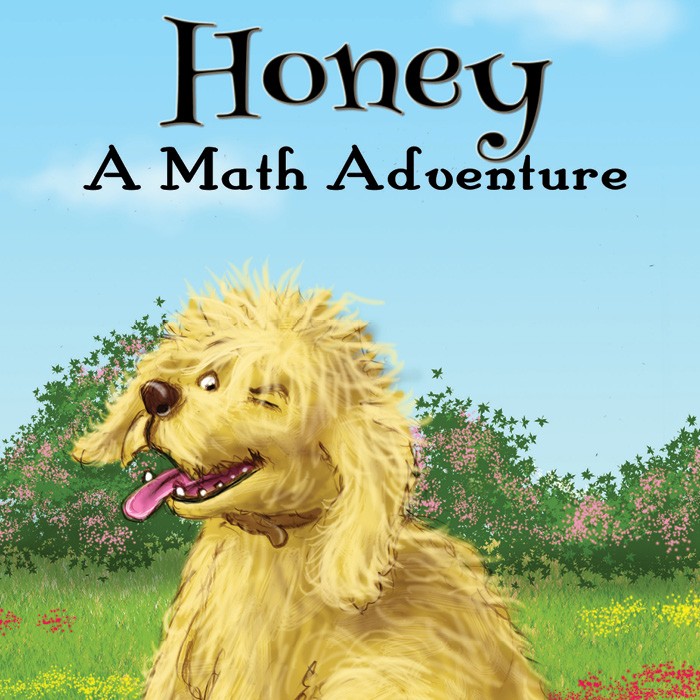


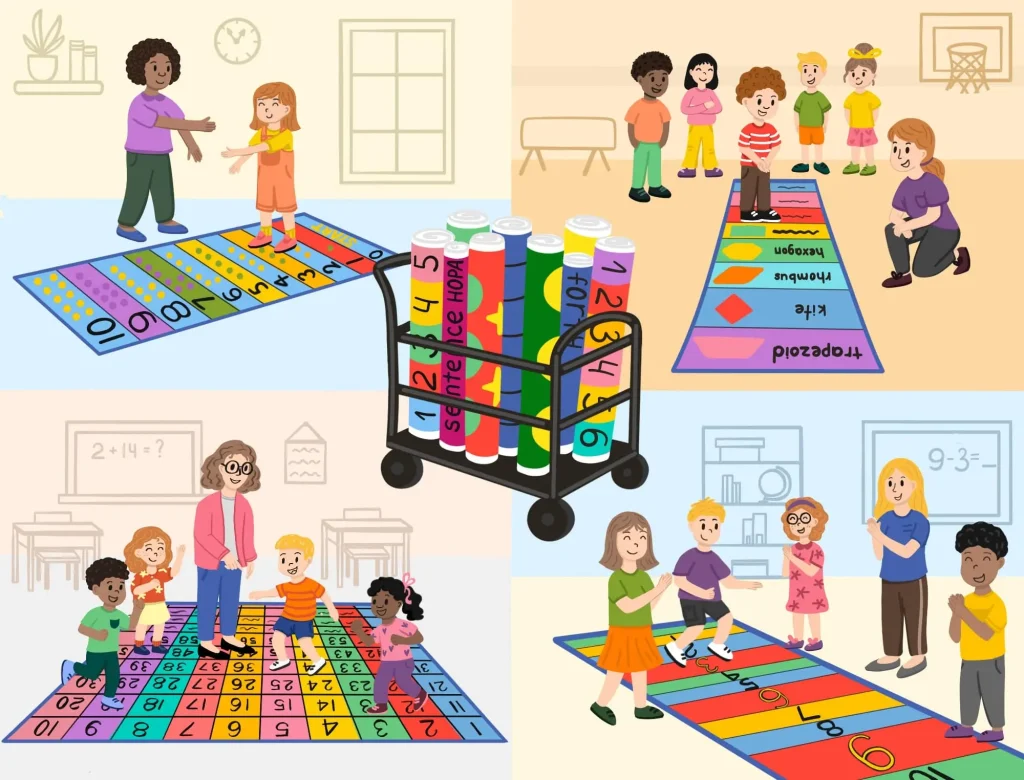
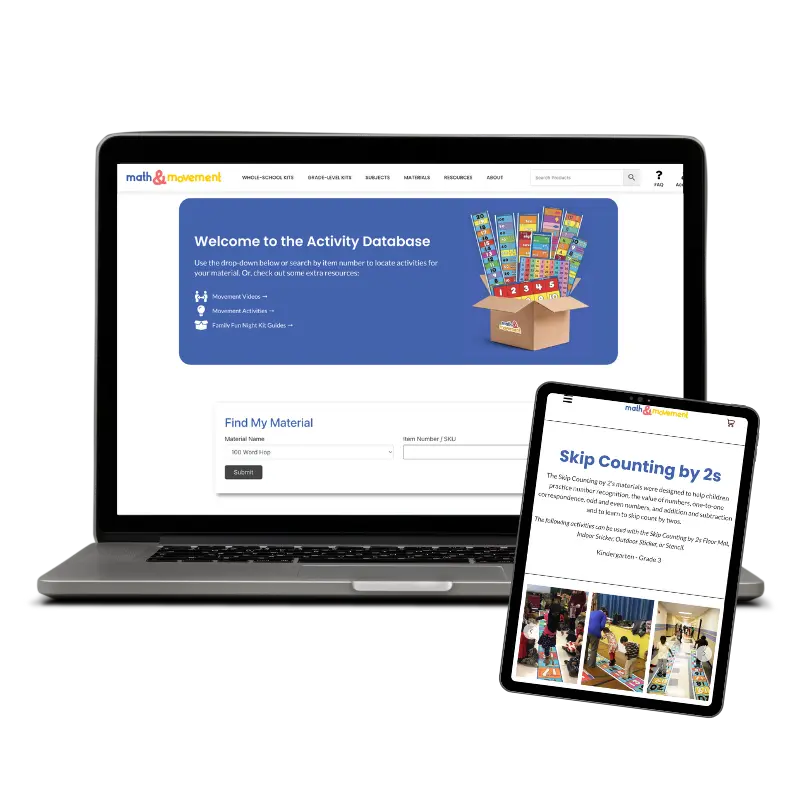

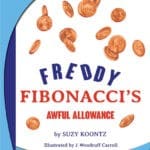
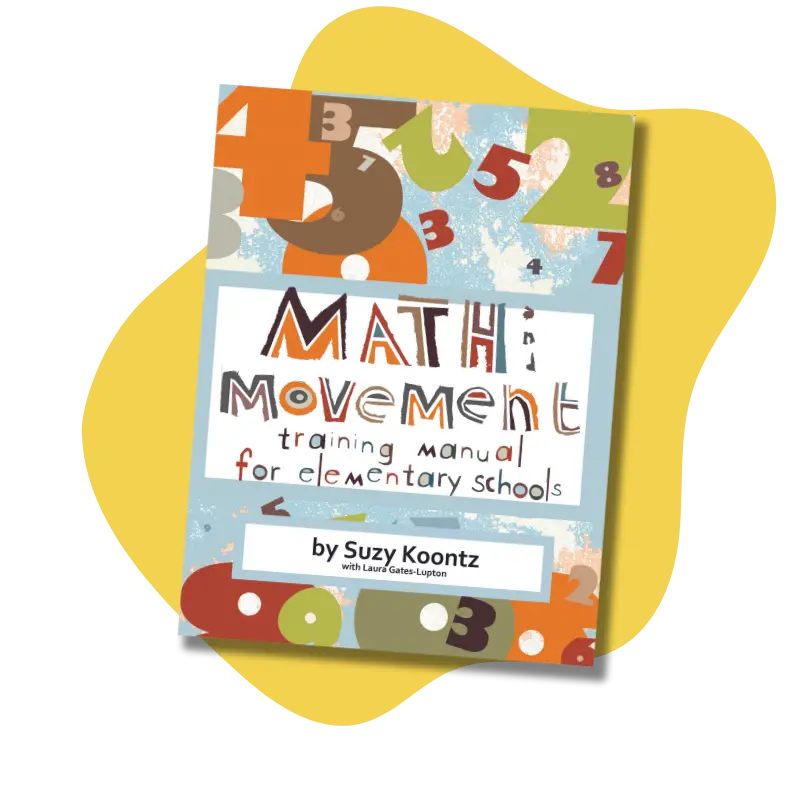
Suzy Koontz is skillful in the way she blended mathematics with a topic that is relevant to all children – allowance. Fibonacci numbers are intriguing to children as well as adults because of the way the total grows quickly in a short number of computations. This book is a great addition to any mathematics curriculum- especially for teaching the 4th grade patterning standard – 4.OA.5.
In the book, Eliza asks her mother to switch her steady allowance to one using the Fibonacci pattern to determine the amount of allowance she would get each week. Her mother is quite perplexed at first and thinks that Eliza made a bad deal, but then the tables are turned after a few months. Eliza is making more than ever!
Not only is this book entertaining for both children and adults, but the addition of suggestions and notes to parents and teachers included in the book make it an invaluable resource to inspire a child’s mathematical thinking.